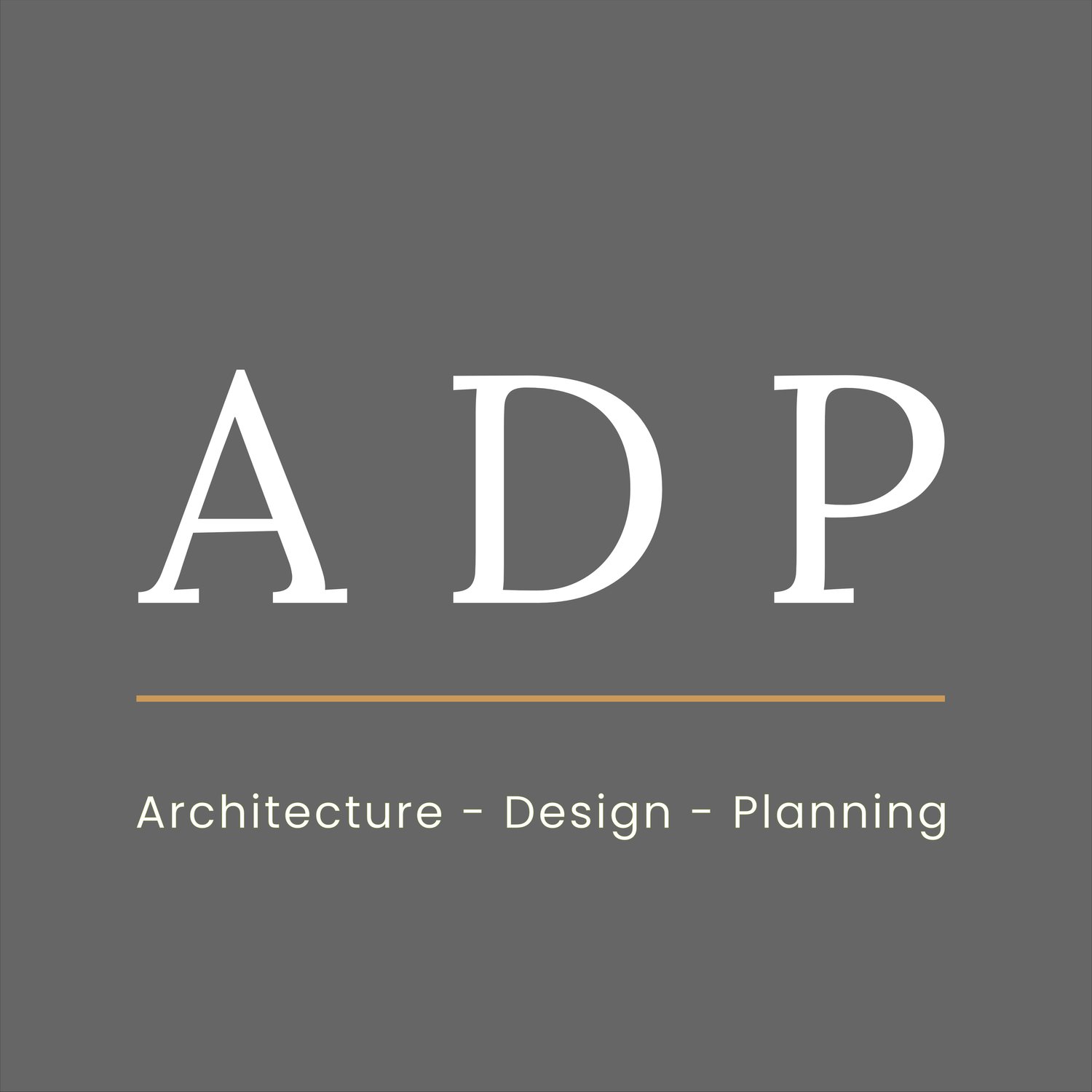Can you Build on Infill Land? (2024)
What is Infill Development?
‘Infill’ development is often referred to development within a small gap within an otherwise built-up street frontage.
What is the Difference between Infill development and Backland development?
‘Backland’ normally refers to the development of land that sits behind an established building line of existing housing or other development, and is often land that is used as a garden. Whereas, ‘Infill’ is a small gap within an otherwise built-up street frontage.
The use of the land types for development plays an important role in the future supply of housing across our towns and cities. Indeed, many local planning authorities include this type of development within the adopted local plans as part of their ‘windfall’ allowance.
Some of the projects we have worked on can be found here.
Is Your Garden a Potential Development Plot?
Garden land or land in around the curtilage of an existing dwelling could be a suitable development plot for a new housing site.
Development of garden land is often referred to as ‘Backland’ and ‘Infill’ development.
Whether your garden could form a development plot will depend on the site’s circumstances, for example, it could depend on the local planning policies, site context, size and development capacity.
The following paragraphs will provide a summary of the key issues to consider and could point towards whether your garden has development potential.
Is the Backland and Infill Site in a Sustainable Location?
Backland and infill sites are often within existing settlements (although not always), where the principle of development is normally established by local planning policies.
Where this is the case, such sites are mostly likely to be in locations that have good public transport accessibility and proximity to existing services and facilities. From a locational perspective such sites would be ideal for development.
Infill development may also be possible in rural areas away from existing settlements. But this will depending on the planning position of the local authority in question.
Infill Land for Self-Build Projects
It is very difficult to find suitable self-build plots. Infill land can often be an excellent source of land for self-builders looking for a plot to build their dream-home !!
The suitability of a plot will depends on location and applicable planning policies.
There is support from National Planning Policy.
The National Planning Policy Framework highlights that small and medium sized sites can make an important contribution to meeting the housing requirement of an area, and are often built-out relatively quickly.
It states that local planning authorities should make decisions to support small sites and bring them forward for self-build and custom-build housing. Infill development could support this role.
Infill Development in the Green Belt
The National Planning Policy Framework states that new development should be resisted in the Green Belt. But it does provide exceptions to the rule. These include:
Limited infilling in villages within the Green Belt; or
Limited infilling on redevelopment of previously developed land where it not have a greater impact on the openness of the Green Belt than the existing development.
Common Planning Issues Associated with Infill Development
There are however a number of common issues associated with Backland and Infill development:
Context and character – New infill development should fit reasonably with neighbouring properties.
Some locations may have an established character or context that could be detrimentally affected by the introduction of backland or infill development.
Local planning authorities may also have specific planning policies protecting certain areas or resisting development for this reason.
Access – A suitable access to the road will need to be demonstrated that complies with highways standards.
Depending on the character of the plot, allowance may also have to made for refuse and emergency vehicle access.
Neighbours – Neighbouring residents are often concerned about the impact upon their personal amenity spaces in terms of overlooking, loss of light, noise, and outlook.
It would need to be demonstrated that any new development will not cause any issues and that local back to back distances can be achieved.
Space Standards – Some local planning authorities have set standards, which include internal spaces, garden size and parking that will need to be met for both the existing dwelling and the proposed dwelling(s).
There are other issues may be need to be considered, for example, ecological impacts, impact on existing trees, and drainage.
How A D P Can Assist Your Infill Project
Do you have an infill development project?
As an integrated design and planning consultancy, A D P can provide in-depth planning advice and guidance and offer design solutions for your backland or infill development project.
If you would like to speak to one of architectural designers or planning consultants, please contact us at mail@adpltd.co.uk or use the form below:


